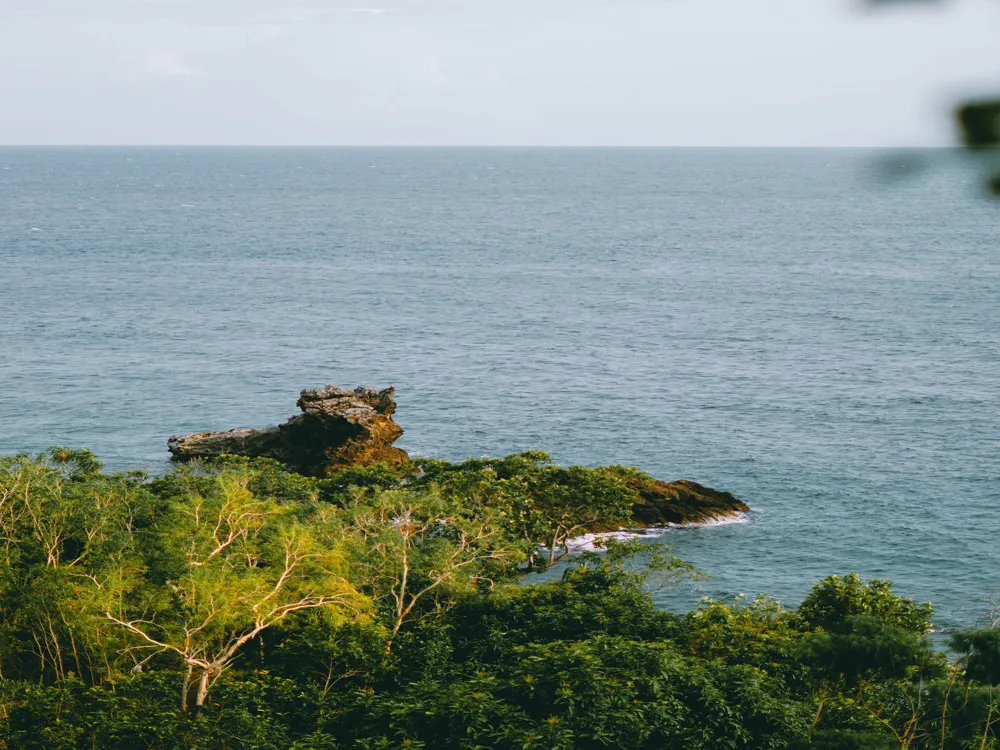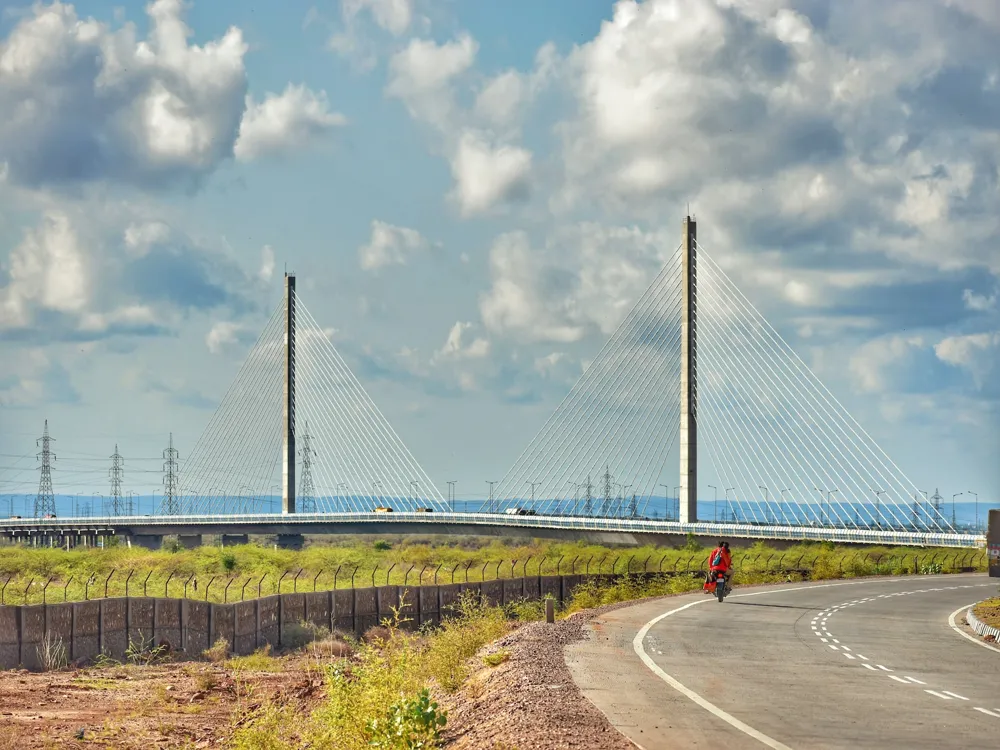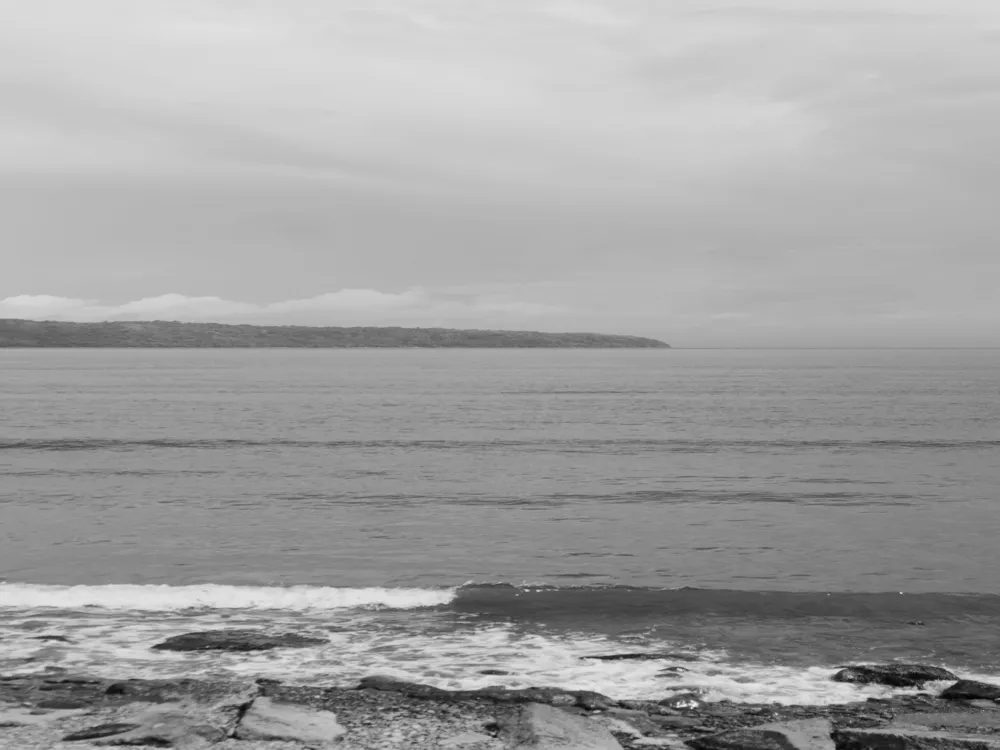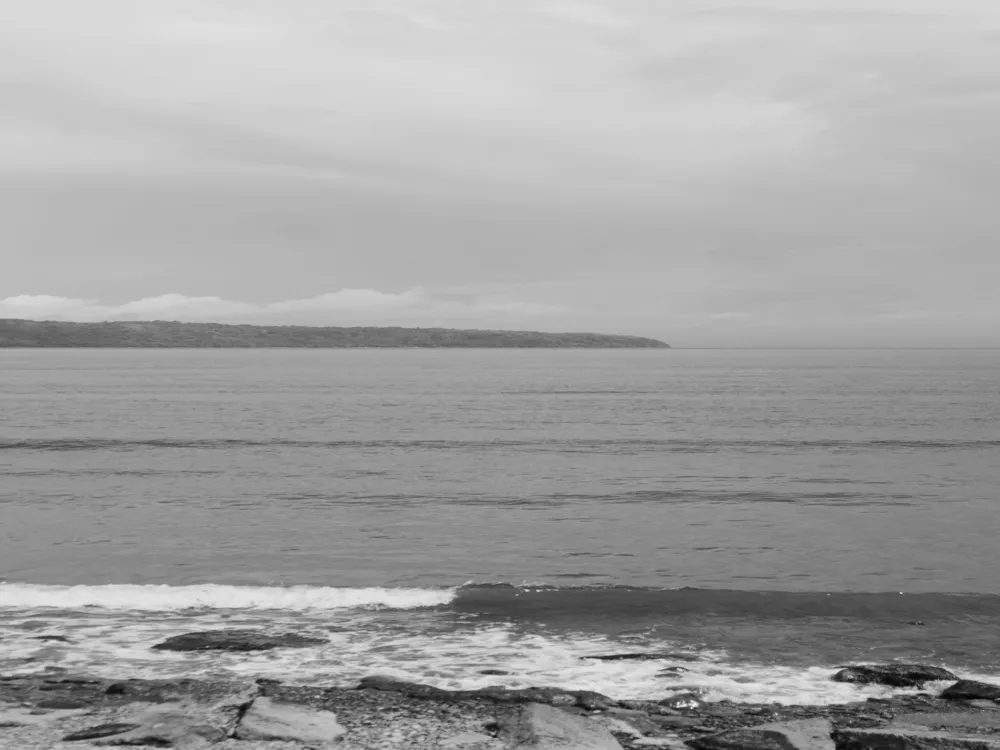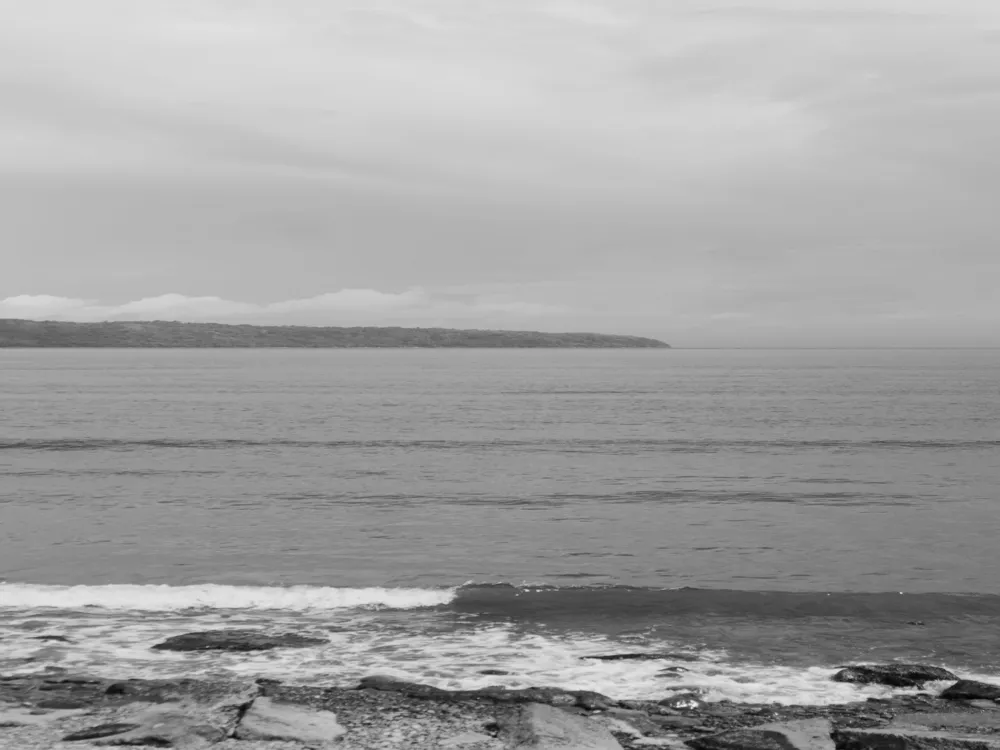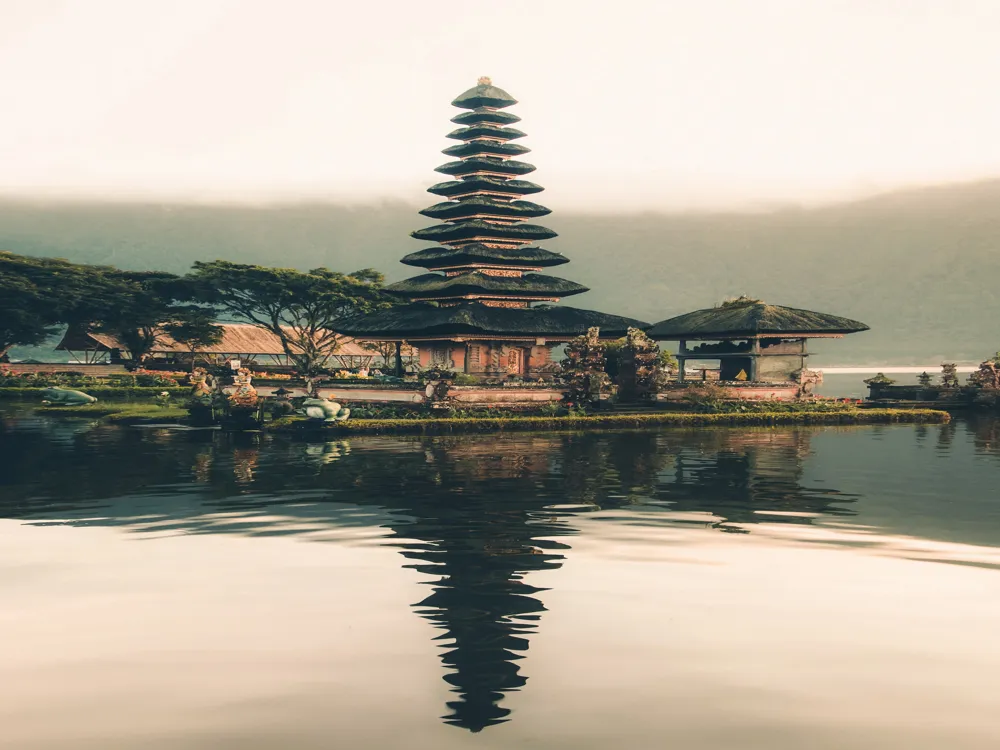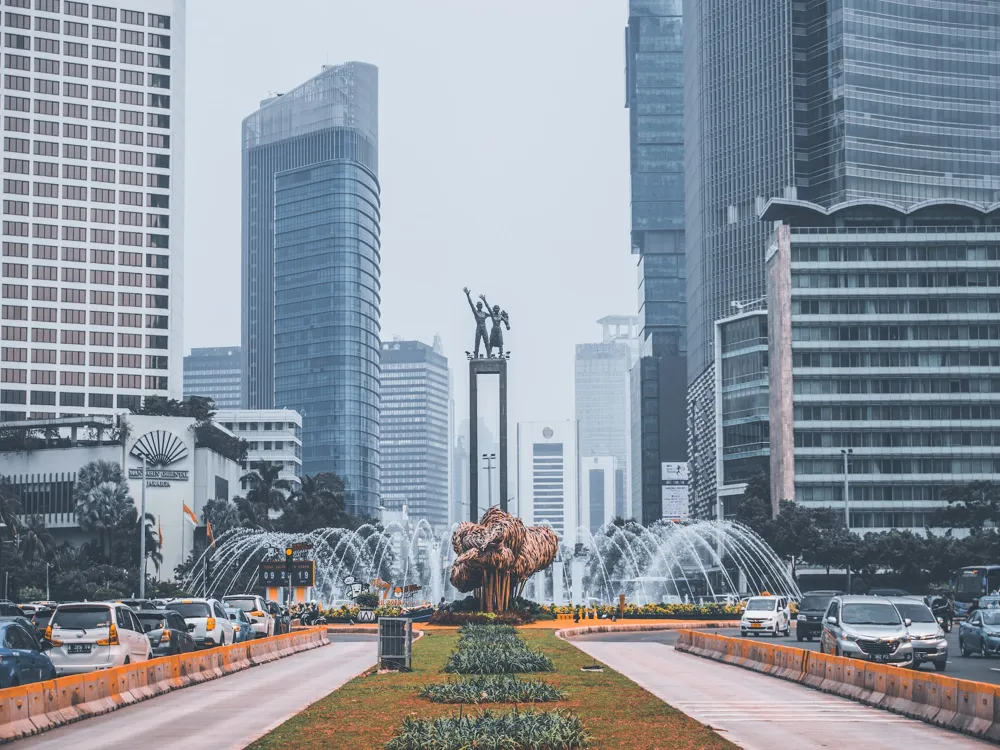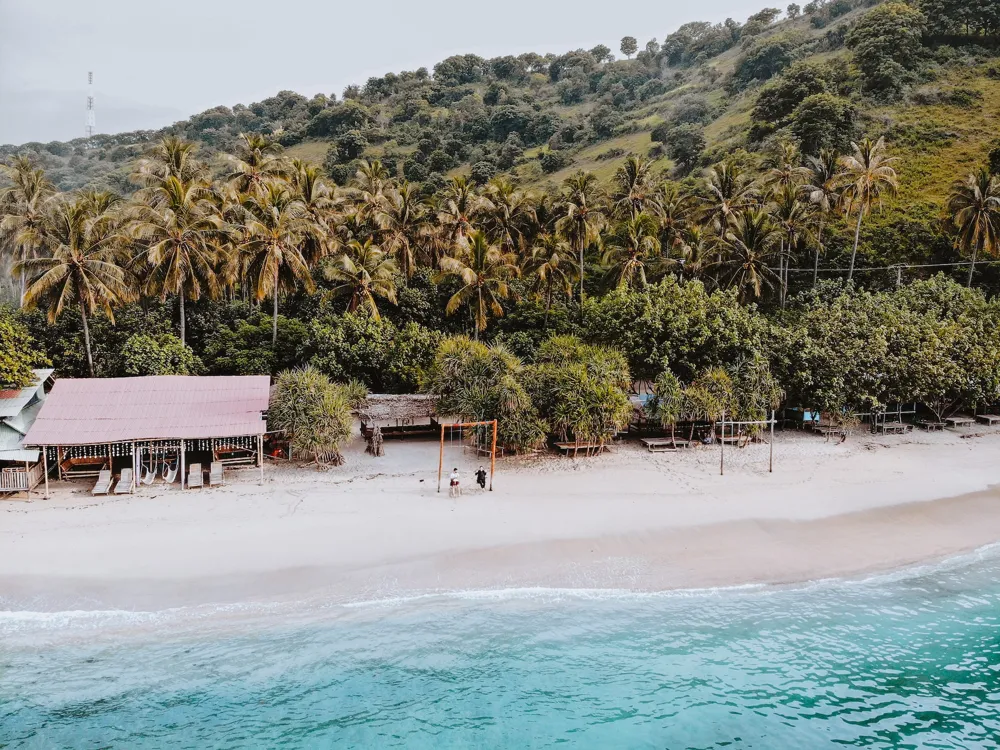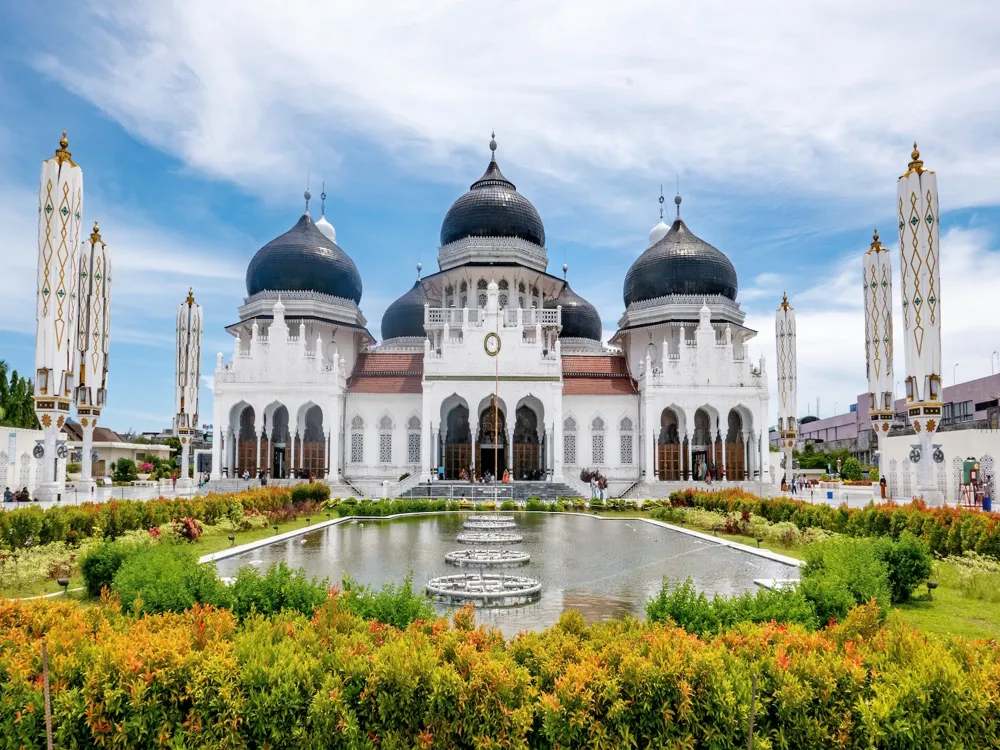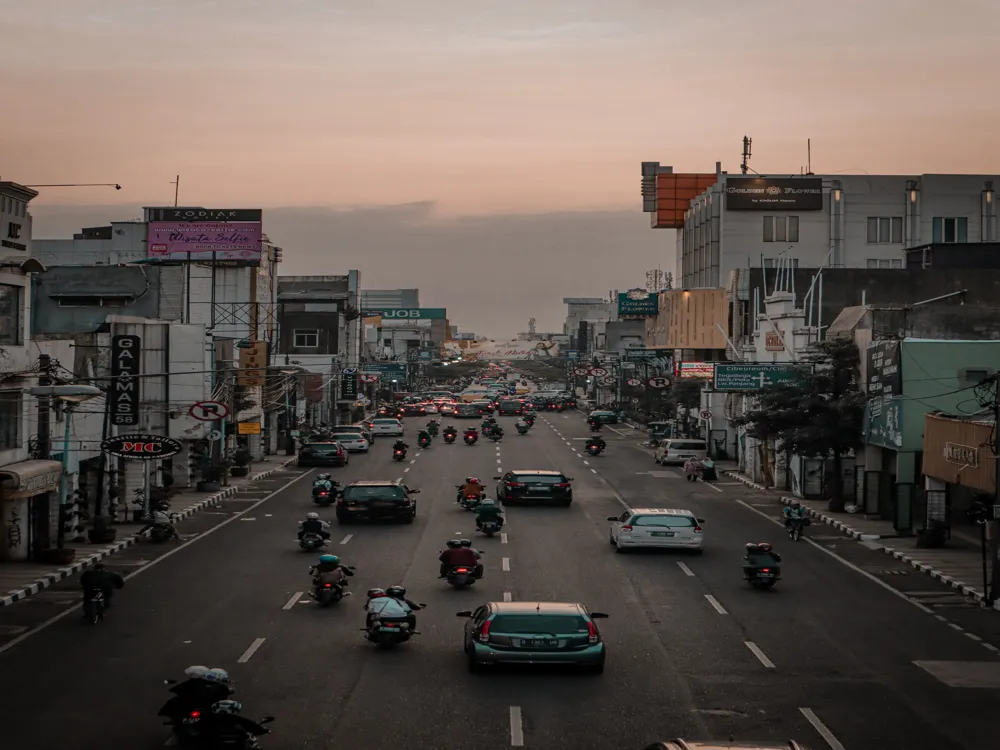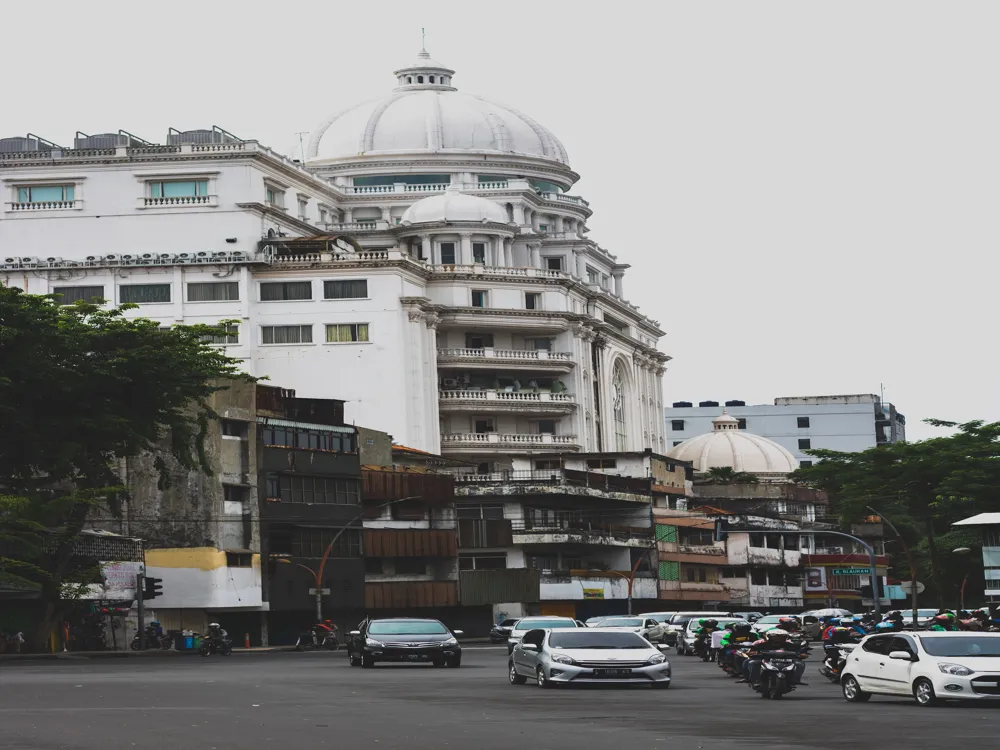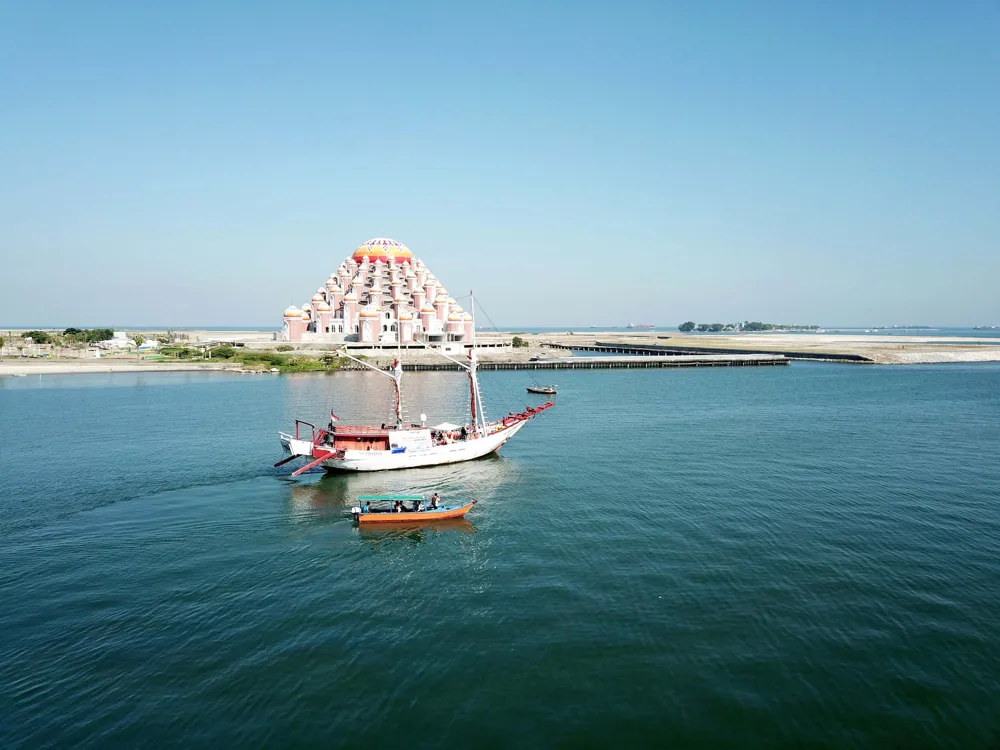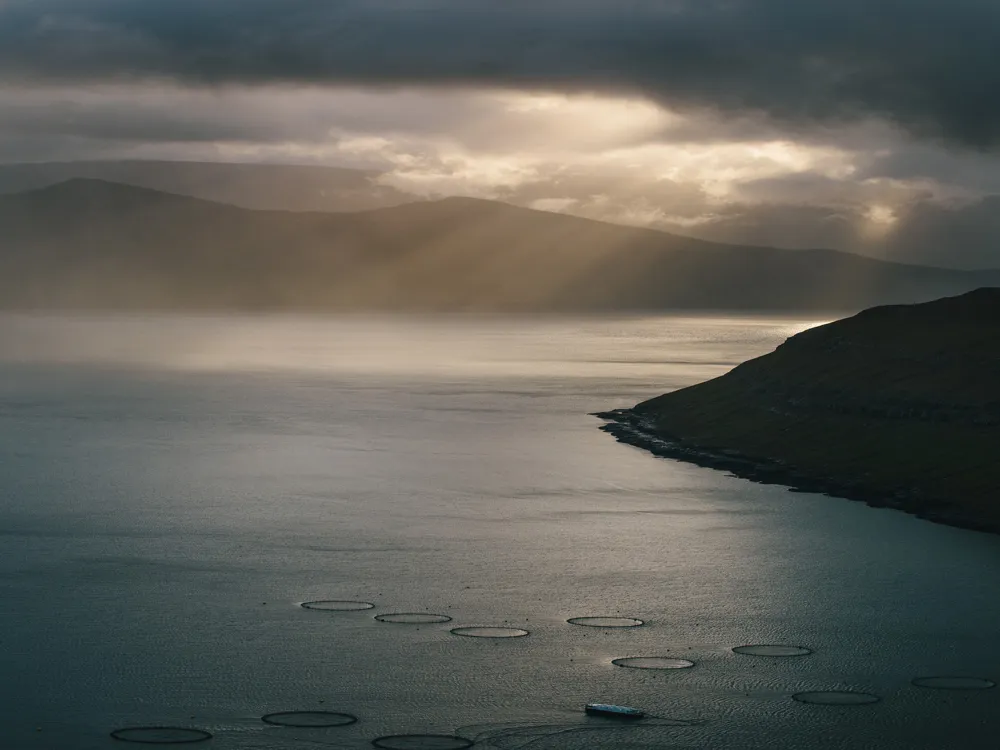Kota Ternate, a gem in theMaluku Islands of Indonesia, boasts a unique blend of natural beauty and rich history. Known for its volcanic landscape, this city is a testament to nature's power and the resilience of human civilization. Ternate, historically a crucial hub for spice trade, has witnessed numerous cultural exchanges, shaping its diverse and vibrant society. The island's heart is crowned by the majestic Mount Gamalama, an active volcano that has shaped both the landscape and history of the region. The fertile volcanic soil supports a lush tropical rainforest, home to a wide array of flora and fauna. The surrounding waters, part of the Coral Triangle, are a marine biodiversity hotspot, offering spectacular diving and snorkeling experiences. The city's history is as captivating as its landscape. Once a powerful sultanate, Ternate played a pivotal role in the spice trade, attracting European powers like the Portuguese, Spanish, Dutch, and British. This history is reflected in its diverse architecture, cuisine, and traditions, making it a fascinating destination for cultural enthusiasts. Kota Ternate is an architectural marvel, displaying a unique fusion of indigenous, colonial, and modern influences. The city's skyline is dominated by the Sultan's Palace, a symbol of the island's rich history and cultural heritage. Built initially in the 13th century, the palace has undergone several renovations, reflecting various architectural styles over the centuries. Colonial architecture is prominently featured in Kota Ternate, with several forts built by the Portuguese, Spanish, and Dutch. Fort Oranje, the largest and most famous, stands as a testament to the island's strategic importance in the spice trade era. These forts, with their massive walls and cannons, offer a glimpse into the turbulent past of the region. Traditional houses, known as 'Rumah Adat,' are another architectural highlight. These wooden stilt houses, with their distinctively steep thatched roofs, are designed to withstand the island's frequent earthquakes and volcanic activity. The intricate carvings and motifs on these houses reflect the island's rich artistic traditions. Modern architecture in Kota Ternate harmoniously blends with the historical and natural landscape. The city's development has been mindful of its heritage, with contemporary buildings often incorporating traditional elements, ensuring a seamless blend of old and new. Respect local customs and traditions. Dress modestly, especially when visiting religious sites, and always ask for permission before taking photos of locals. The ideal time to visit Kota Ternate is during the dry season, from May to September, when the weather is most favorable for outdoor activities. Ensure you're up-to-date with vaccinations, and it's advisable to carry mosquito repellent due to the tropical climate. Always stay hydrated and use sunscreen. Don't miss out on trying local delicacies like papeda, a sago starch dish, and various seafood preparations, showcasing the island's rich culinary heritage. Public transport is limited, so renting a scooter or hiring a taxi is the best way to explore the island. Always negotiate the fare in advance. Reaching Kota Ternate is an adventure in itself. The most common way to get there is by air, with Sultan Babullah Airport serving as the main gateway. It is well-connected with major cities in Indonesia like Jakarta, Makassar, and Manado. For a more scenic route, one can opt for sea travel. Regular ferry services link Ternate with neighboring islands and the mainland of Sulawesi. Adventurous travelers can also explore the option of a longer sea voyage from major Indonesian ports. Read moreOverview of Kota Ternate
Architecture of Kota Ternate
Tips for Visiting Kota Ternate
Understand Local Customs and Etiquette
Best Time to Visit
Health and Safety
Local Cuisine
Transportation Tips
How To Reach Kota Ternate
Maluku Islands Tourism
Best Time to Visit Maluku Islands
How to Reach Maluku Islands
Things To do in the Maluku Islands
Kota Ternate
Maluku Islands
NaN onwards
View maluku-islands Packages
Maluku-islands Travel Packages
View All Packages For Maluku-islands
Top Hotel Collections for Maluku-islands

Private Pool

Luxury Hotels

5-Star Hotels

Pet Friendly
Top Hotels Near Maluku-islands
Other Top Ranking Places In Maluku-islands
View All Places To Visit In maluku-islands
View maluku-islands Packages
Maluku-islands Travel Packages
View All Packages For Maluku-islands
Top Hotel Collections for Maluku-islands

Private Pool

Luxury Hotels

5-Star Hotels

Pet Friendly







